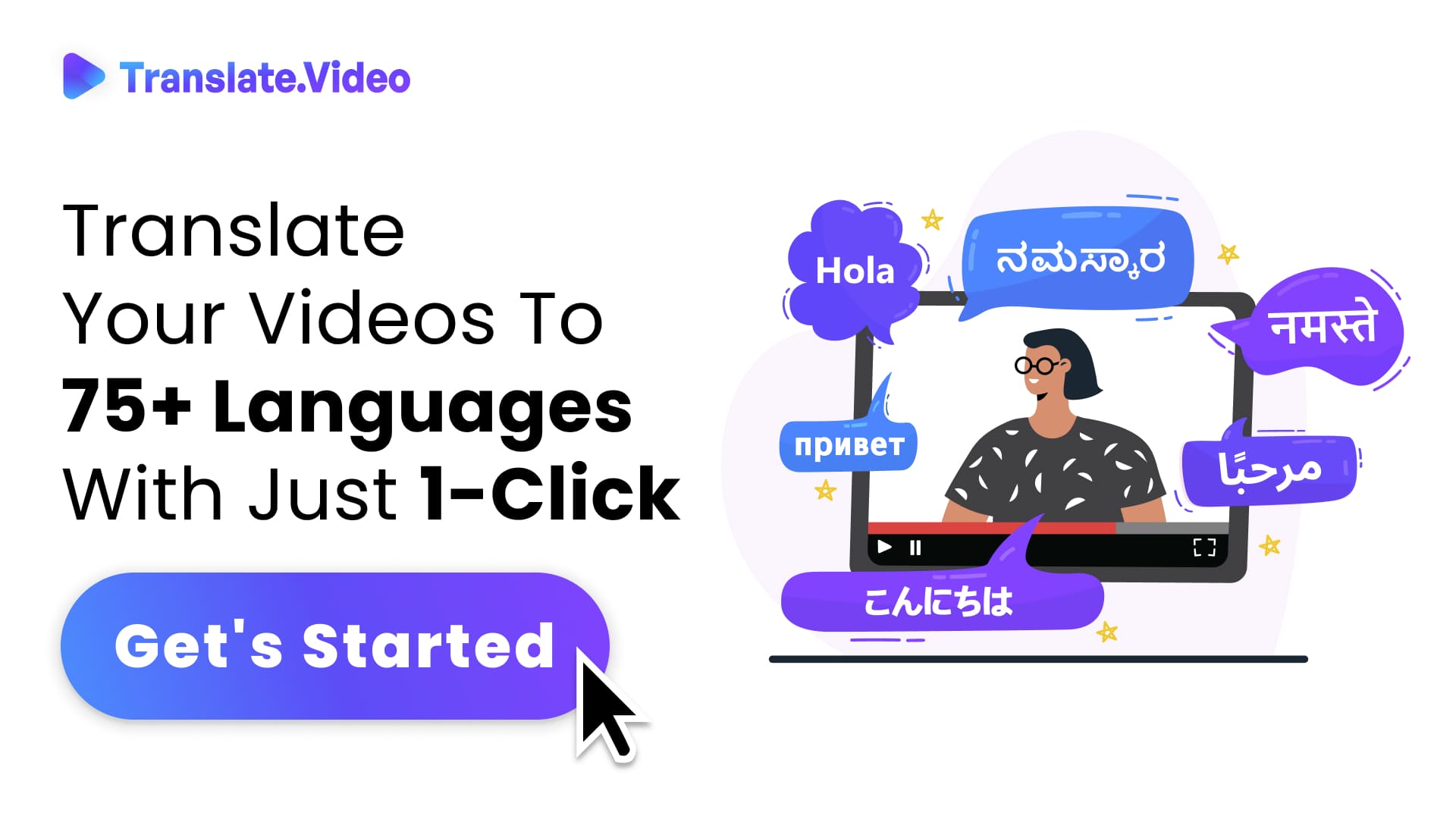Unlocking Global Audiences: Language Targeting Strategies for YouTube Video Success
Language Targeting Strategies: Maximizing Your YouTube Video's Global Reach
Expanding your YouTube video's global reach involves more than just creating compelling content. Language targeting strategies play a crucial role in ensuring that your videos resonate with viewers from different language backgrounds. By implementing effective language targeting techniques, you can maximize your video's reach and engagement worldwide. Let's explore some strategies to help you achieve this goal.
Understanding the Importance of Language Targeting
Language targeting is the process of tailoring your content to specific languages to reach and engage with a broader audience. By targeting multiple languages, you can connect with viewers who prefer content in their native language, increasing the chances of engagement, watch time, and ultimately, channel growth.
Identifying Target Languages
Analyze Audience Demographics: Utilize YouTube analytics to identify the countries or regions with significant viewer populations. This data helps you understand which languages to prioritize based on your existing audience.
Explore Market Research: Conduct market research to identify languages that are widely spoken or have high viewer demand in specific regions. This research can uncover opportunities to tap into new language markets.
Consider Localization Potential: Assess the potential for localization in different languages. Some languages may have strong localization support, including professional translation services, content creators, or active communities, making it easier to connect with viewers in those languages.
Creating Multilingual Content
Subtitles and Closed Captions: Provide subtitles and closed captions in multiple languages to make your video accessible to a wider audience. This allows viewers to follow along in their preferred language, increasing engagement and watch time.
Localized Metadata: Optimize your video's metadata, including titles, descriptions, and tags, for each target language. This improves discoverability for viewers searching in those languages and enhances your video's ranking in localized search results.
Localized Thumbnails and Text Elements: Create thumbnails that incorporate multilingual text to attract viewers from different language backgrounds. Consider using localized text in overlays, call-to-action buttons, or on-screen text elements to enhance engagement.
Engaging with Viewers in Their Preferred Language
Respond to Comments and Messages: Engage with viewers by responding to comments and messages in their preferred language whenever possible. This shows that you value their feedback and are committed to fostering a connection with your global audience.
Collaborate with Multilingual Creators: Collaborate with creators who produce content in the languages you're targeting. This can help you tap into their existing audience base and expand your reach to viewers who are already interested in content in those languages.
Monitor and Adapt
Regularly monitor your video's performance and audience engagement in different languages. Analyze watch time, click-through rates, and audience retention to identify which languages are driving the most engagement. Use these insights to refine your language targeting strategies and adapt to changing viewer preferences.
Conclusion
Language targeting is a powerful strategy to maximize your YouTube video's global reach. By identifying target languages, creating multilingual content, engaging with viewers in their preferred language, and continuously monitoring performance, you can effectively connect with audiences from different language backgrounds. Implementing these language targeting strategies will help you expand your reach, foster engagement, and build a thriving international audience on YouTube.
FAQs
1. Why is language targeting important for YouTube videos?
Language targeting is important because it helps you connect with viewers who prefer content in their native language, increasing engagement and expanding your video's reach to a global audience.
2. How can I identify the target languages for my YouTube videos?
You can identify target languages by analyzing audience demographics using YouTube analytics, conducting market research on widely spoken languages, and assessing localization potential in different regions.
3. What are some ways to create multilingual content for YouTube videos?
You can create multilingual content by providing subtitles and closed captions in multiple languages, optimizing metadata (titles, descriptions, tags) for each target language, and incorporating multilingual text in thumbnails and on-screen text elements.
4. How can I engage with viewers in their preferred language?
Engage with viewers by responding to comments and messages in their preferred language whenever possible. Collaborating with multilingual creators can also help you connect with audiences who are already interested in content in those languages.
5. How should I monitor the performance of my videos in different languages?
Monitor the performance by analyzing watch time, click-through rates, and audience retention for each target language. Use these insights to refine your language targeting strategies and adapt to changing viewer preferences.
6. Should I prioritize certain languages over others when targeting my YouTube videos?
Prioritize languages based on audience demographics, viewer demand, and localization potential. Focus on languages that align with your target audience and have a high potential for engagement.
7. Can I use machine translation for creating multilingual content?
While machine translation can be a starting point, it's recommended to use professional translation services or work with native speakers to ensure accurate and high-quality translations for your multilingual content.
8. How can I optimize my YouTube videos for localized search results?
Optimize your video's metadata, including titles, descriptions, and tags, for each target language. Use relevant keywords in the localized metadata to improve discoverability in localized search results.
9. Are there any tools available to help with language targeting on YouTube?
YouTube provides features for adding subtitles and closed captions in different languages. Additionally, you can utilize translation and localization tools, professional translation services, and analytics tools to support your language targeting efforts.
10. Can language targeting help me grow my YouTube channel internationally?
Yes, effective language targeting strategies can help you expand your YouTube channel's reach internationally by connecting with viewers in their preferred language, increasing engagement, and building a global audience base.
Trending Tags
Trending Blogs
What are you waiting for?
Your Dubbing, Subtitles, Captions in one place
Signup free!
